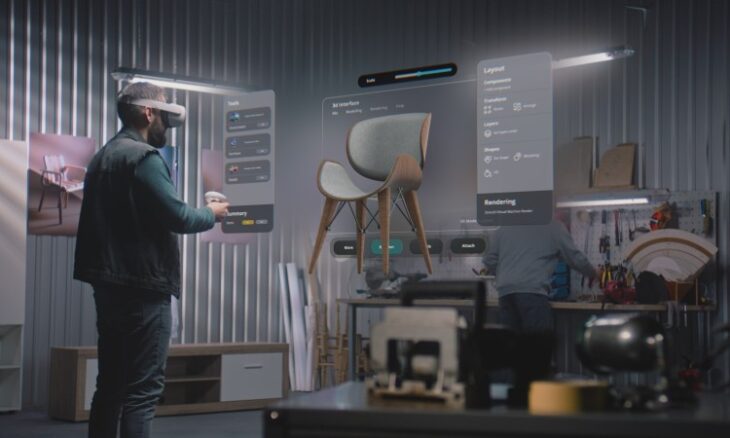OpenXR Expansion Strengthens XR Interoperability Landscape
The Khronos Group’s OpenXR Working Group has introduced a series of significant updates to its OpenXR framework, aiming to further unify and standardise cross-platform development for extended reality (XR) devices. This recent enhancement, now accessible via the public review channel, includes the addition of Spatial Entities Extensions, marking a substantial step forward for XR interoperability and developer accessibility.
These new extensions are designed to support consistent spatial computing capabilities across a broad spectrum of XR hardware. With the inclusion of Spatial Entities Extensions, OpenXR is now better equipped to handle virtual content tracking and spatial anchoring. The updated API allows for detection and persistence of spatial features such as planes, markers, and anchors, offering improved spatial mapping and interaction across device sessions.
The introduction of this functionality comes at a pivotal moment for the XR ecosystem. Google’s Android XR operating system has been gaining momentum, offering a flexible framework for building mixed and augmented reality applications across diverse devices and manufacturers. Android XR was introduced as a response to the growing demand for immersive technologies, and its alignment with OpenXR’s goals suggests a collaborative evolution towards unified XR experiences.
The Spatial Entities Extensions introduced by OpenXR are crafted to be both discoverable and extensible, enabling developers to build on a stable yet forward-looking foundation. These enhancements reduce the complexities and redundancies of platform-specific development, thereby decreasing both the time and cost involved in XR application creation. Developers now have greater freedom to concentrate on innovation rather than grappling with hardware inconsistencies.
The announcement has drawn support from major industry players. ByteDance, through its XR brand PICO, was actively involved in shaping these new extensions. The company has already implemented runtime support, contributing to a more spatially aware and persistent XR environment. This implementation reflects a broader industry trend towards shared standards and collaborative development across the XR space.
The development follows closely on the heels of Google I/O, where Android XR took centre stage. During the event, Google revealed its broader vision for XR, integrating AI-driven capabilities through its Gemini AI platform. The Android XR initiative, built upon the familiar Android framework, aims to support a wide array of devices, from immersive headsets for entertainment and productivity to lightweight smart glasses designed for information access on the move.
Shahram Izadi, leading the Android XR team, outlined the importance of versatility within the XR domain, citing the need for various device formats to accommodate different use cases throughout the day. He also highlighted ongoing collaborations with major partners, including Samsung and Qualcomm, aimed at integrating Gemini AI features into emerging XR products.
One such device is the Samsung-developed Moohan headset, which is expected to be the first consumer product running Android XR. It is anticipated to launch later this year, potentially aligning with Meta Connect, a known hotspot for XR product announcements.
Android XR remains in developer preview for the time being, with a broader public rollout planned in the near future. Its foundation on the existing Android ecosystem offers an important advantage, as it enables compatibility with both legacy mobile applications and new XR-specific content. This approach addresses a critical hurdle in XR adoption: the need for a rich and accessible application ecosystem that can provide real value to users.
As OpenXR and Android XR continue to evolve in parallel, the path toward a unified, interoperable XR environment is becoming clearer. OpenXR’s focus on standardising spatial computing features complements Android XR’s strategy of bringing AI-powered, immersive experiences to a wide range of devices. Together, these efforts are shaping the future of extended reality by enabling a more seamless, cross-platform development landscape.









